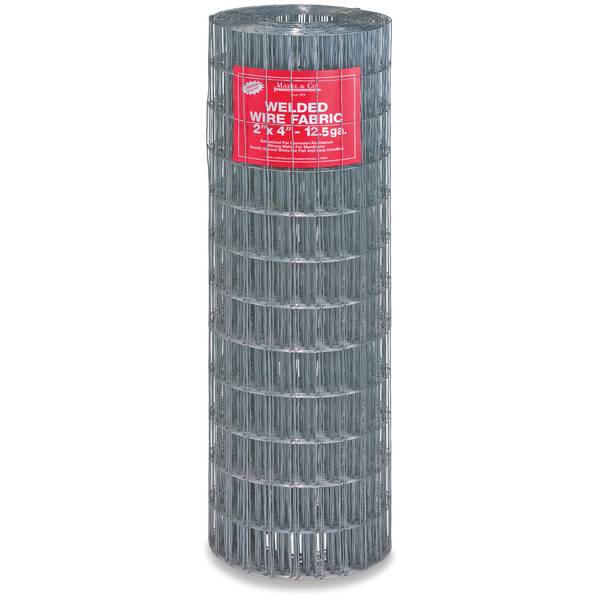- Thread starter
- #171
Blue-Jay
Garden Master
- Joined
- Jan 12, 2013
- Messages
- 3,429
- Reaction score
- 10,892
- Points
- 333
- Location
- Woodstock, Illinois Zone 5
So I would say this year our weather here is starting out dry. Back in the 1980's I noticed our weather here was in regards to rainfall swinging back and forth from feast or famine. Since our extremely dry summer of 2012 I've noticed that we get longer stretches of dryness in the summer. The last two years this dryness has now included our spring weather and our last two summers has been very dry all summer long right into fall.@Blue-Jay ,
I think we are in for a rainy Spring.
In the 1960's we used to get lots of snow in the winter. March could even give us one good snow of about 10 to 15 inches. April would be very rainy. Usually in April it would rain off and on for 3 days at a time. May through August would give us 1 to 2 inch rains about every week to 10 days with a 2 week dry spell in July or some years in August. It would generally be drier in Septmeber and October. November would often be another rainy month almost like April.
I don't see this pattern happening here anymore.


